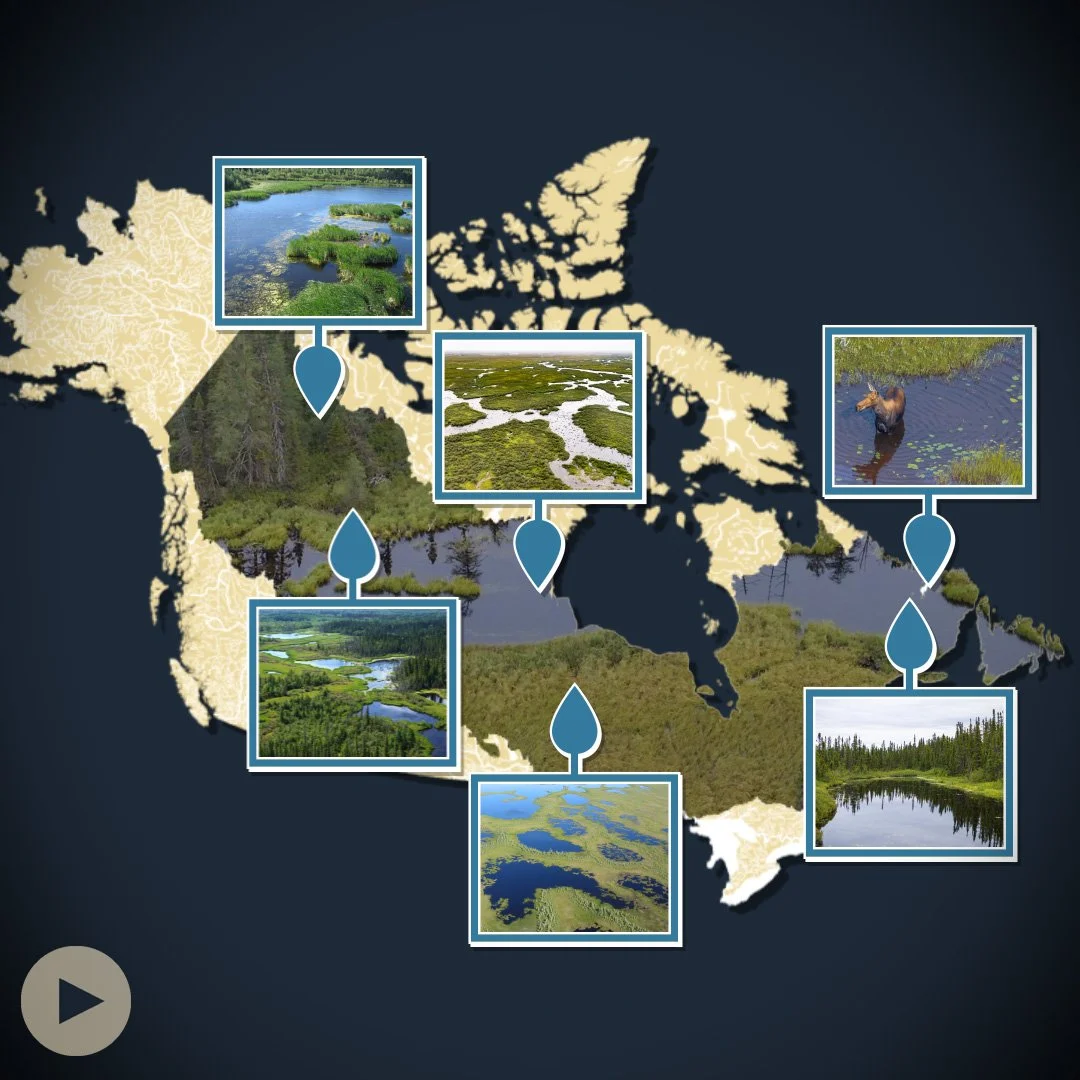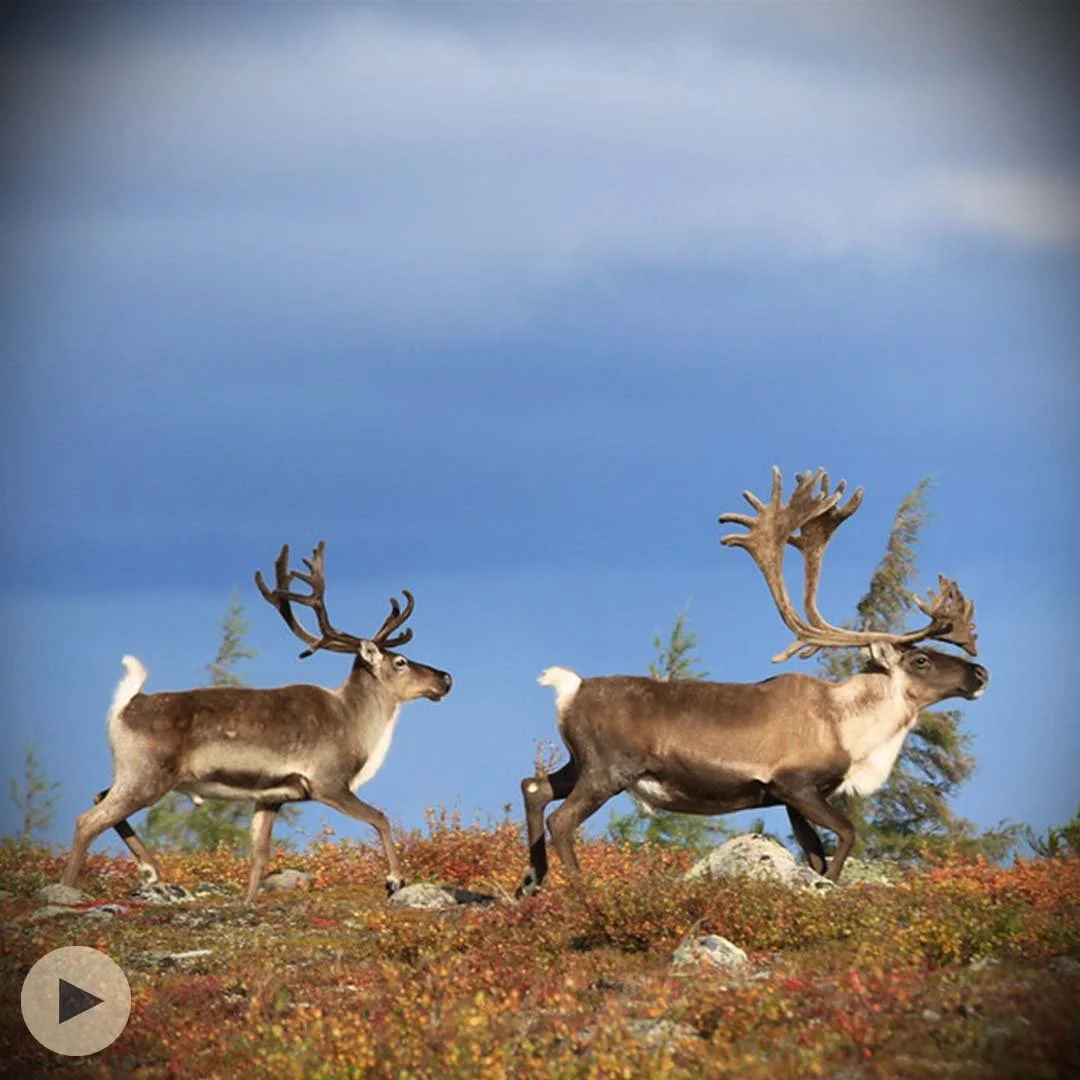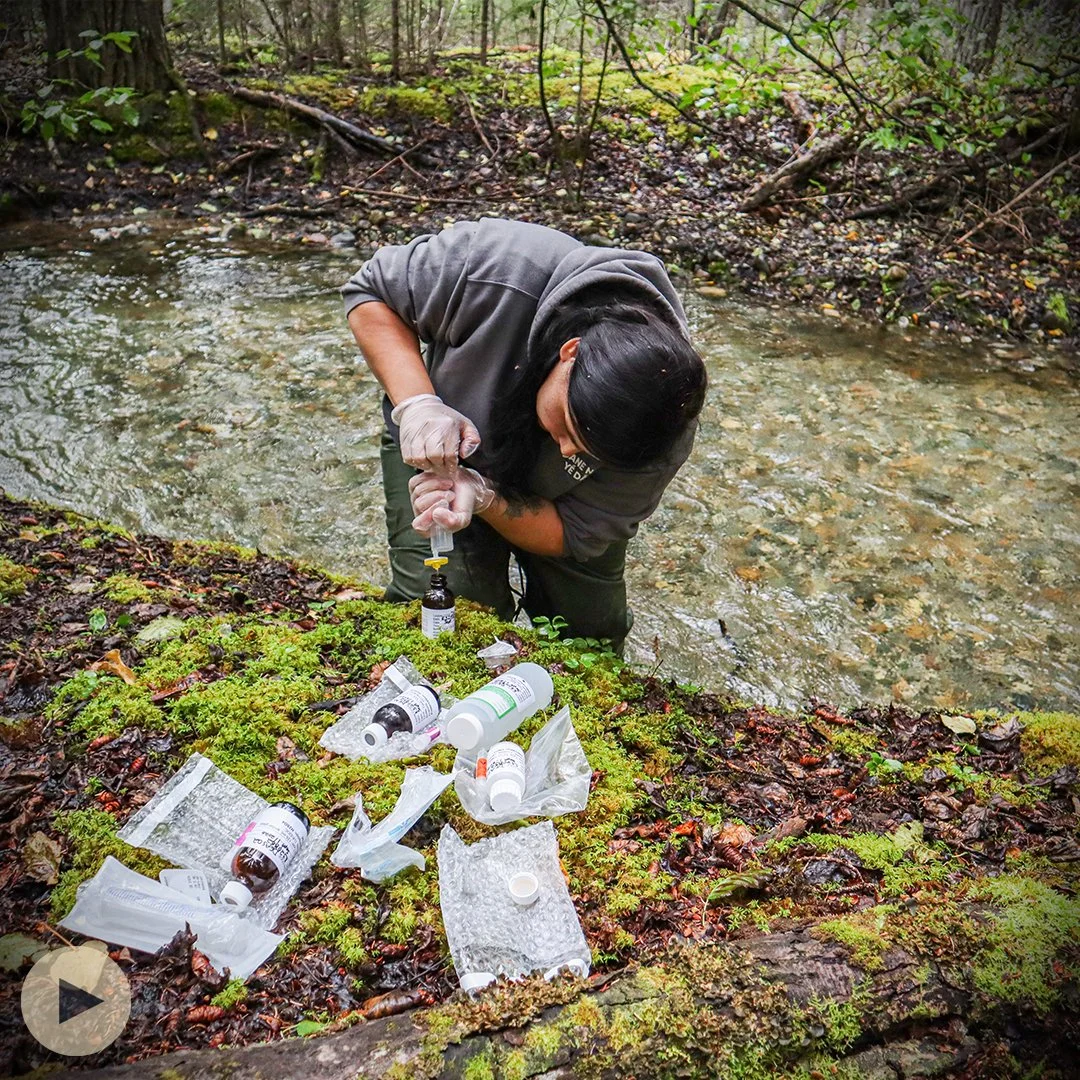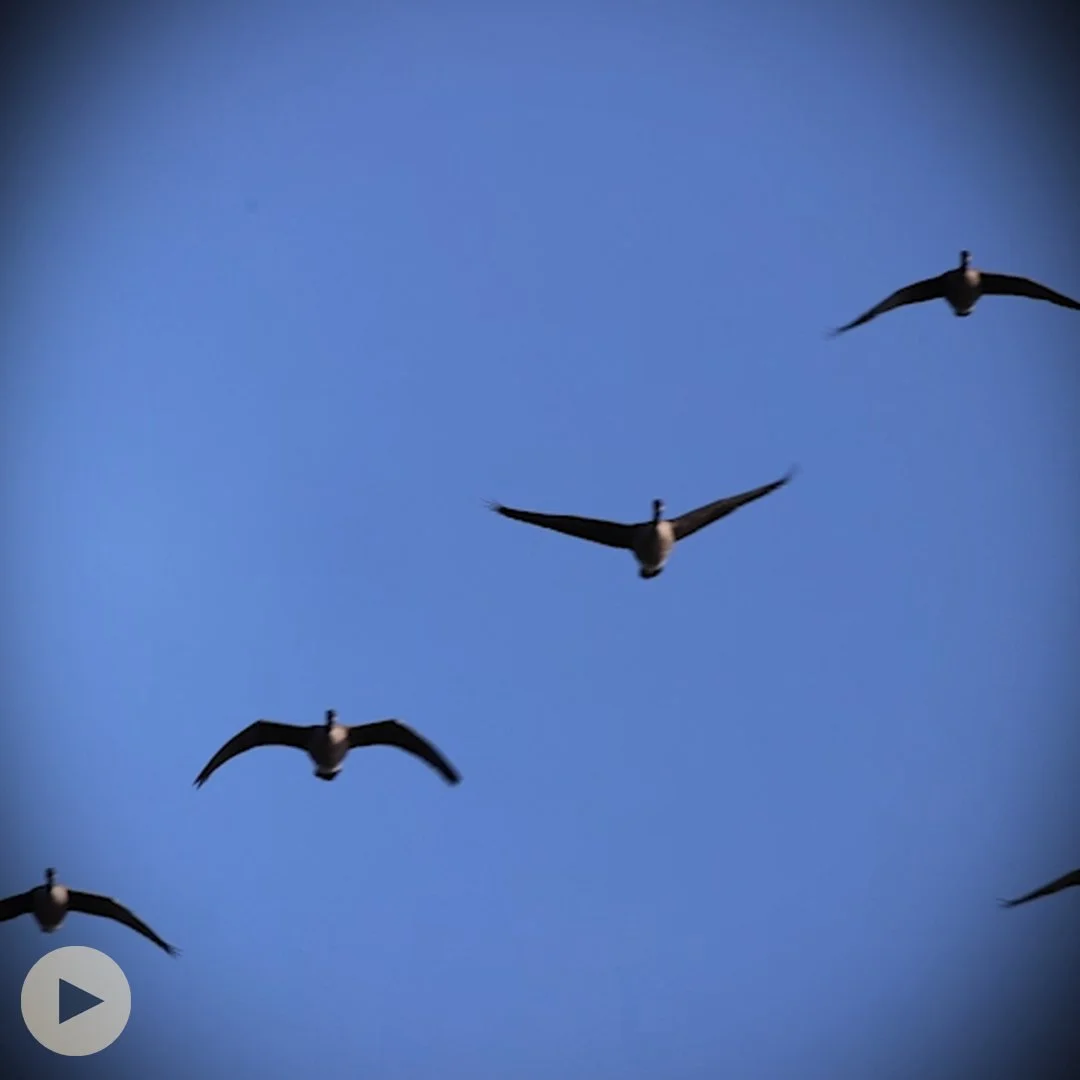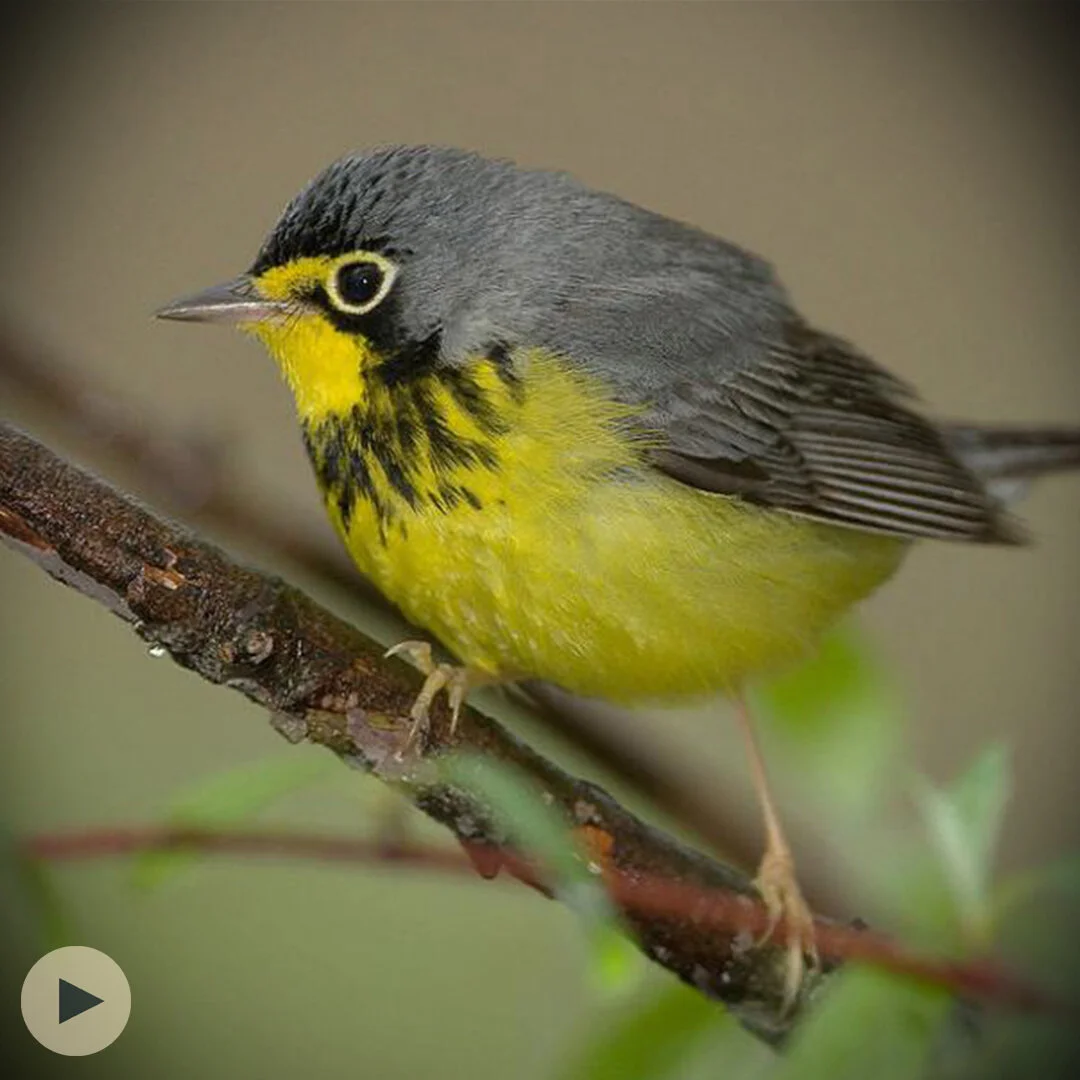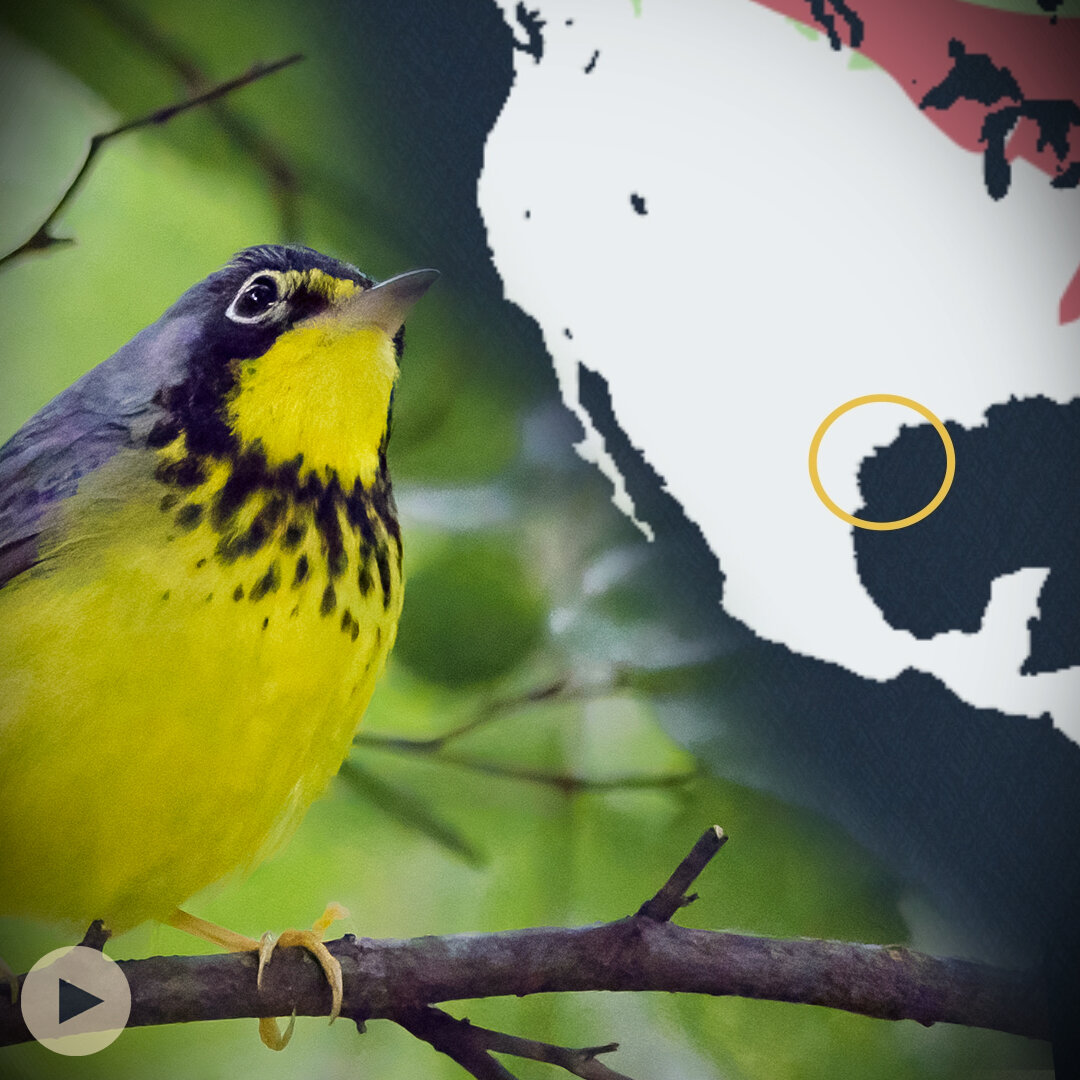The Sayisi Dene First Nation knows there is an incredible abundance and diversity of birds found in the Seal River Watershed.
Read MoreFrom vast, glistening lakes, to the smallest of streams, the Boreal Forest in Canada is home to the largest number of free flowing waters in North America, and more surface freshwater than any other ecosystem on the planet.
Read More“We have to look after this entire range of the caribou because that encompasses all the other ecosystems that depend on them as well.” Landscapes that support caribou herds stretches across the Boreal Forest in Canada – including the Porcupine herd, which is the healthiest herd in North America and migrates each year all the way from the Yukon to the Alaskan Arctic.
Read MoreHave you ever flown in a plane and seen forest spread out for as far as the eye could see — for hours? That's what the Boreal Forest of Canada looks like.
Read MoreWe’re all connected. From the trees of the Boreal Forest to the rivers that hold populations of salmon that feed bears, birds, and humans alike.
Read MoreAbout 12% of the world’s land-based carbon reserves—equivalent to up to 36 years’ worth of global fossil fuels emissions—is stored in the soils, peatlands & wetlands of the Boreal Forest in Canada, which means it’s an incredibly important nature-based climate solution.
Read MoreHow does protecting the habitats of 3 - 4 million waterfowl in the Boreal help fight climate change? By protecting the vast wetlands that these birds rely on for nesting, we are also keeping vast amounts of carbon stored in the soil. A win for birds, and for us all.
Read MoreFrom Colombia to Texas to the Boreal Forest, the tiny but mighty Canada Warbler completes its yearly migration from wintering grounds in the South to breeding grounds in the North.
Read More“Birds help us tell that story that we’re all connected.” The Canada Warbler is one of over 300 species that nest in the Boreal Forest and migrate across the hemisphere. Join in as we follow it along its annual migration route!
Read MoreAuthor Tony Hiss delves into the mass extinctions crisis in his new book, Rescuing the Planet, and comes out with hope. How? By looking to the leadership of Indigenous people who are leading the way in protecting biodiversity rich landscapes like the Boreal Forest.


